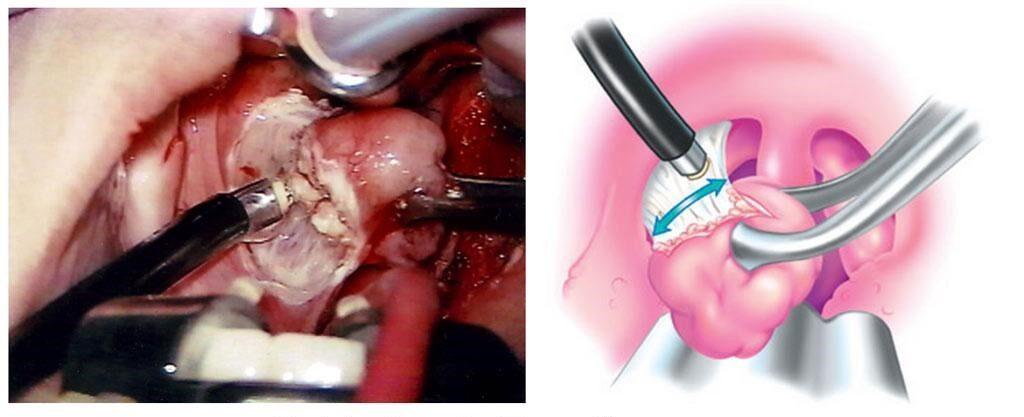If you or your child suffers from chronic nasal congestion, frequent ear infections, or sleep apnea, an adenoidectomy may be recommended by an ENT specialist. But not all adenoid removal procedures are the same. Among the most advanced and minimally invasive options available today is the coblation adenoidectomy.
In this blog post, we’ll explore what coblation adenoidectomy is, how it differs from traditional surgical methods, its benefits, the recovery process, and why it’s increasingly preferred by surgeons and patients alike.
Understanding Adenoids and Why They May Need Removal
Adenoids are small masses of lymphoid tissue located behind the nasal cavity. In children, they play a role in immune function, but they often shrink with age. However, in some cases, the adenoids become chronically enlarged due to frequent infections or allergies. This can lead to:
-
Difficulty breathing through the nose
-
Snoring and sleep disturbances
-
Recurrent ear infections
-
Sinus congestion
When these symptoms persist and interfere with daily life, doctors may recommend an adenoidectomy, which is the surgical removal of the adenoids.
What is Coblation Adenoidectomy?
Coblation adenoidectomy is a modern surgical technique that uses controlled, low-temperature radiofrequency energy to remove adenoid tissue. Unlike traditional methods that involve scraping or cutting the tissue using a curette or electrocautery, coblation (short for “controlled ablation”) gently dissolves the targeted tissue with minimal thermal damage to surrounding areas.
How Does Coblation Work?
The coblation device creates a plasma field that precisely targets and disintegrates soft tissue at temperatures typically between 40–70°C, significantly lower than traditional electrocautery (which operates at over 400°C). This makes the procedure less invasive, safer, and more comfortable, especially for pediatric patients.
Key Benefits of Coblation Adenoidectomy
The coblation adenoidectomy technique offers several advantages over conventional surgical approaches:
1. Minimal Bleeding
Thanks to the controlled energy used in coblation, there is significantly less bleeding during and after the procedure. This makes it ideal for younger children.
2. Faster Recovery Time
Patients typically experience less postoperative pain, leading to a quicker return to normal activities, school, and eating.
3. Reduced Risk of Tissue Damage
Since coblation works at a lower temperature, the surrounding healthy tissue is preserved, reducing the risk of complications such as scarring or infection.
4. Improved Surgical Precision
Surgeons can accurately target the adenoid tissue, making it particularly effective even in hard-to-reach areas behind the nasal cavity.
What to Expect During and After the Procedure
Coblation adenoidectomy is usually performed under general anesthesia and takes about 15–30 minutes. It is often done as an outpatient procedure, meaning the patient can go home the same day.
Postoperative Care and Recovery
-
Mild sore throat or nasal congestion may occur for a few days
-
Pain is generally minimal and manageable with over-the-counter medications
-
Avoid strenuous activity for 5–7 days
-
Follow-up with the ENT specialist may be scheduled to ensure proper healing
Most children resume normal activities within a week, and parents often notice an improvement in breathing, sleep quality, and reduction in infections shortly after the surgery.
Is Coblation Adenoidectomy Right for Your Child?
This technique is especially recommended for children who:
-
Have chronic adenoid hypertrophy
-
Experience recurrent middle ear infections
-
Suffer from obstructive sleep apnea due to enlarged adenoids
-
Need a less painful and faster-recovery option
If you’re concerned about traditional adenoid removal methods, coblation adenoidectomy provides a safer and more comfortable alternative that delivers excellent outcomes with minimal side effects.
Conclusion
Coblation adenoidectomy represents a significant advancement in ENT surgery. It combines the effectiveness of traditional adenoid removal with the benefits of minimally invasive technology—reduced pain, faster healing, and fewer complications. As awareness of this technique grows, more parents and patients are choosing it for its superior comfort and results.
If your child is experiencing chronic symptoms related to enlarged adenoids, consult with an ENT specialist to see if coblation adenoidectomy is the right option. With its high success rate and patient-friendly recovery, this modern technique is redefining what adenoid surgery can be.
For more information - https://www.wichitanewspaper.com/what-is-a-common-ent-problem

